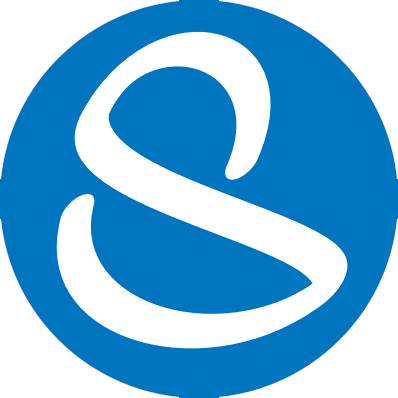The ability to influence the success of a PD program is never greater than at the start of a project. The further into the process, the greater the constraints on decision making. Empirical evidence shows that poor decisions early in the process have a negative impact on cost and timing, which increases exponentially as time passes and the project matures. Although this is recognized, very few companies understand how to take advantage of this golden front-end opportunity by making wise front-end investments.
“The manager’s job is to prevent decisions from being made too quickly… but once a decision is made, we change it only if absolutely necessary.”
Toyota General Manager of Body Engineering
The Lean Product Development System (LPDS) model’s second principle, Front-Loading the Product Development Process to Explore Alternatives Thoroughly, is the foundation for flawless execution throughout the program and is analogous to the shopfloor maxim of measure twice – cut once.
Although initial plans are often subject to change, the process of detailed, rigorous planning is absolutely crucial to the success of the lean PD program. It is working though the planning process; bringing together your brightest, most experienced engineers from all function disciplines to work collaboratively, thoroughly thinking though all of the critical project details, anticipating problems, applying lessons learned, creating precise plans, and designing countermeasures from a total systems perspective that is crucial to the success of the program and the evolution of the lean product development system.
Because front-loading solves problems at a root cause level early in the process, it nearly eliminates the traditional PD problem of late design changes, which are expensive, suboptimal and always degrade both product and process performance. Late engineering changes are “quick fixes,” or patches, not continuous improvement; in fact, they are the waste of the very worst kind. Since early variation has the greatest impact on queues and other systems delays during the execution phase of product development, Toyota tries to isolate and minimize variation early in the process in two ways:
- By standardizing architecture, process, very specific activities and by setting very specific performance goals.
- By creating an early phase of the PD process (kentou) to solve problems, resolve conflicts, address the roots of variation, and segregate it from the rest of the PD process.
The ensuing discussion of front-loading has been subdivided into two broad categories where the first of which addresses cross-program front-loading, explaining how Toyota “front-loads” the multiprogram “design factory” and creates an operating environment in which each individual program has the greatest potential for success. Furthermore, also how Toyota leverages platforms and shared architectures, re-uses components, allocates shared resources, and assesses new technologies to minimize variation and uncertainty in product development.
The second that illustrates how front-loading affects individual programs and examines what Toyota calls the kentou or study phase of a program – as well as critical concepts like Mizen Boushi or designed-in quality. Set-based concurrent engineering dramatically reduces the need for engineering changes. This also helps to identify and resolve problems as early as possible and ensures that product attributes, including crucial trade-off, which are a fundamental part of product development, are clearly understood. Principles of right person, right work, and right time as an antidote to the tendency of some companies to do too much too soon thereby creating tremendous waste.
In summary:
Front-load the process to explore alternatives thoroughly. The LPDS is front-loaded because the start of the program is where you can have the greatest impact on the success of the product for the lowest cost. Preprogram, multiprogram management activities include product portfolio management, technology and platform planning, PD system resources management, and the management of shared program content to create an environment where individual programs have the best chance of being successful.
In individual programs, cross-functional teams made up of the most experienced people come together at the start of the project to look at a broad range of solution sets that anticipate and solve problems, to design in countermeasures for quality and manufacturability, and to isolate the inherent variability in product development in order to facilitate flawless execution in the next phase of the program.
At Toyota, this takes place during an intense, initial program phase referred to as Kentou, during which hundreds of kentouzu are generated and Toyota’s most experienced engineers resolve approximately 80 percent of a program’s technical problems and dramatically reduce late engineering changes.
Source: Liker, J.K and Morgan, J.M, The Toyota Product Development System: Integrating People, Process and Technology, Productivity Press, 2006
